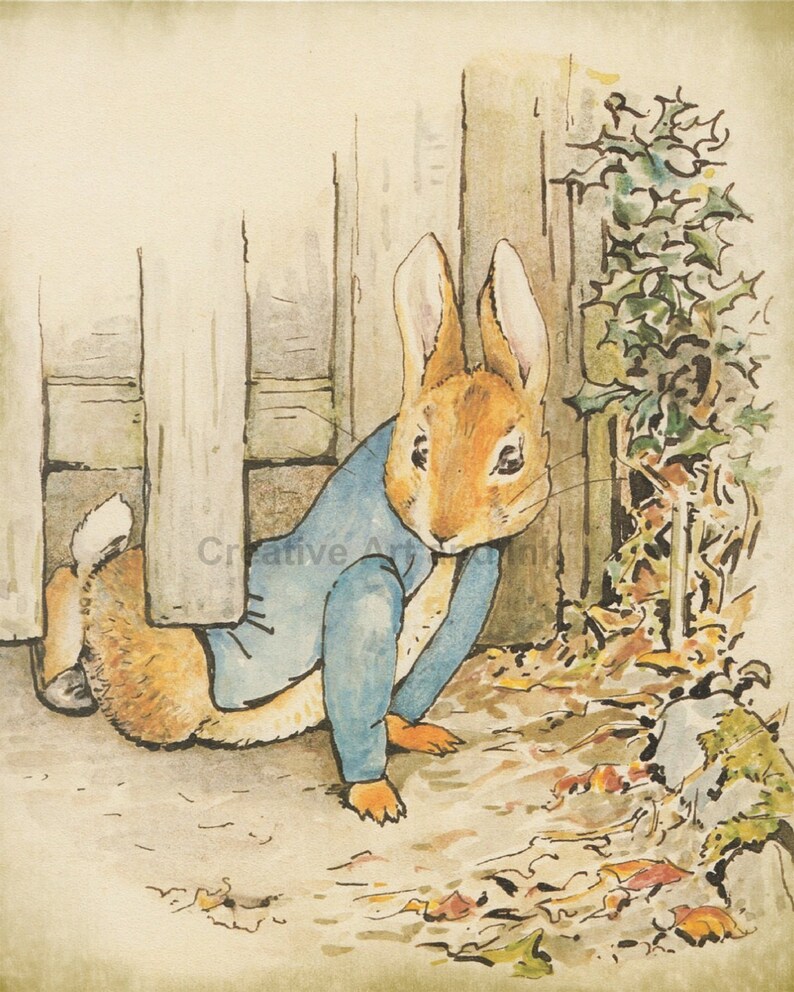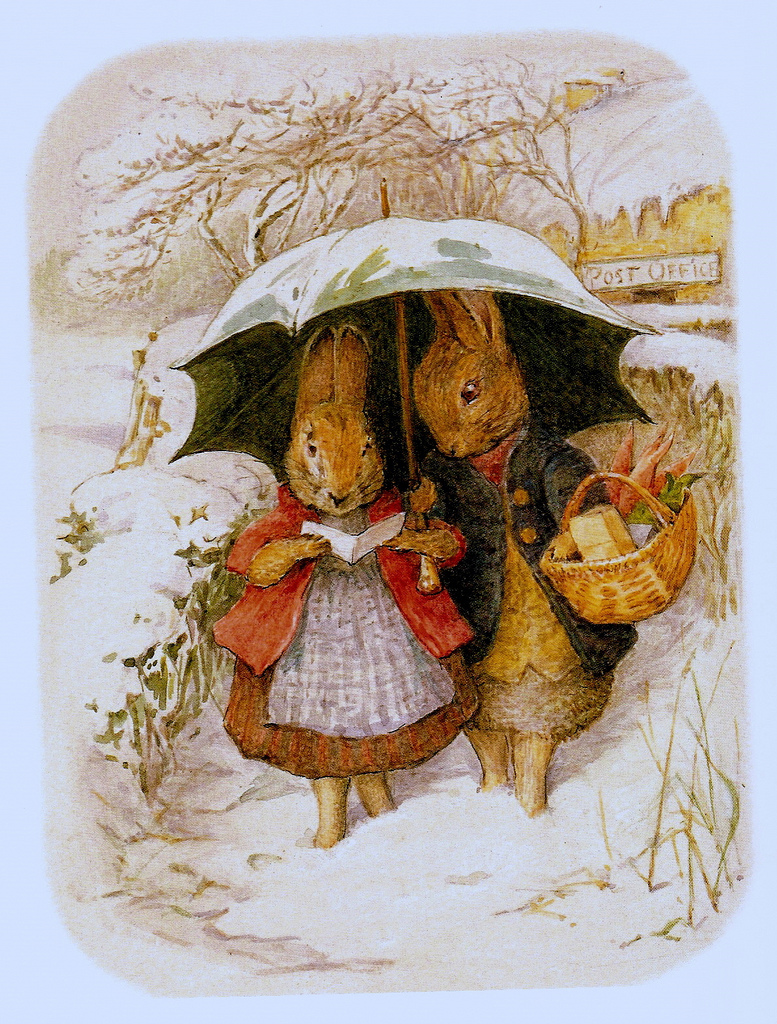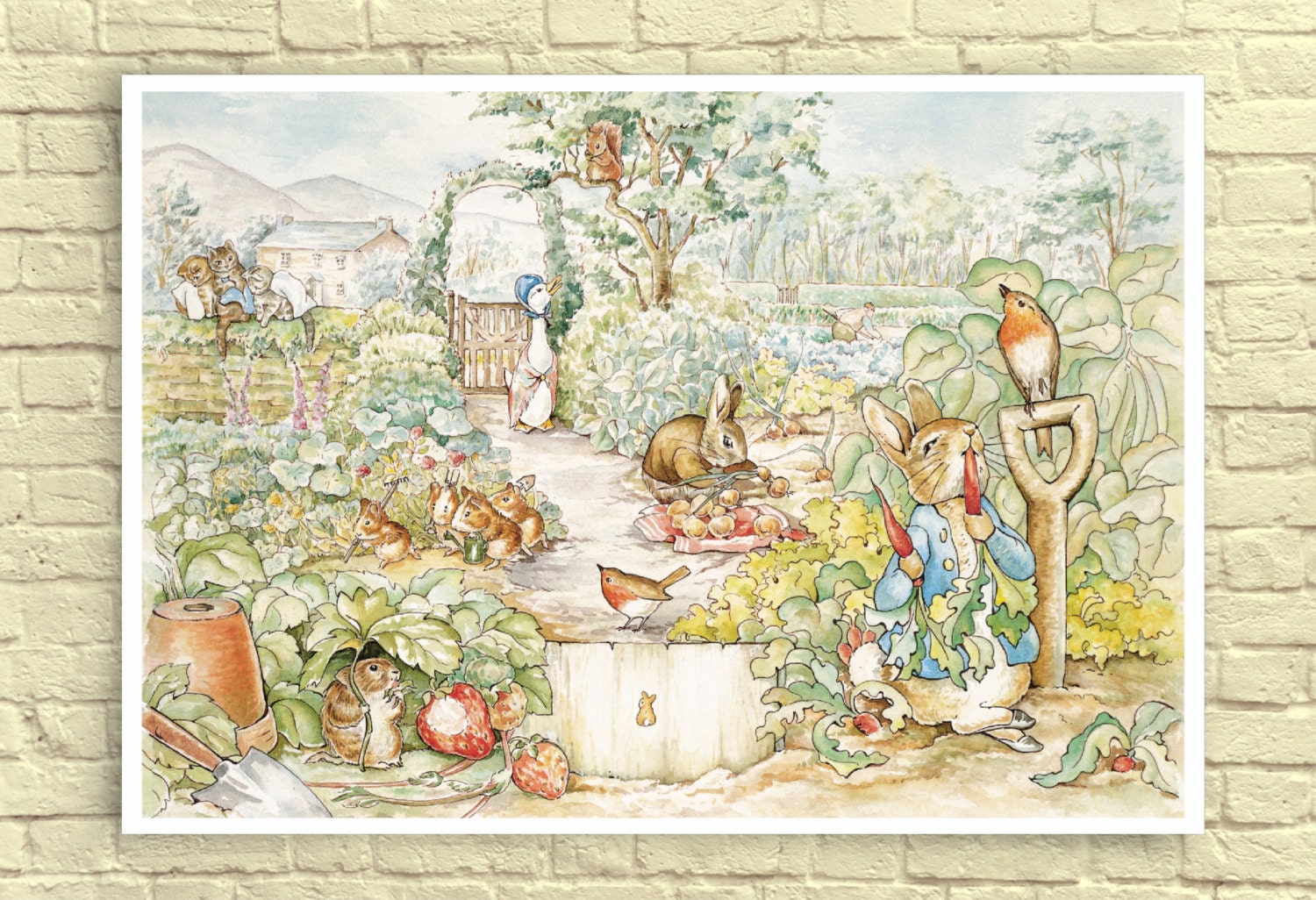

She wasn't the first (author John Newberry packaged his books with toys in 1744), but Potter would be the most organized. Her cast of characters grew to include Jemima Puddle-Duck, Samuel Whiskers, and Tom Kitten.įrom the beginning, Potter was fascinated with the idea of taking her creations from the pages of her palm-sized books and into other mediums. Potter would go on to write 22 more books, including 1903’s The Tale of Squirrel Nutkin and 1913’s The Tale of Pigling Bland. Though she initially had trouble finding a publisher and had to print off 450 copies to sell at her own expense, The Tale of Peter Rabbit was eventually published by Frederick Warne and Company in 1902 to great acclaim, moving 28,000 copies that first year. Later, Potter decided to produce a book of Peter Rabbit’s adventures, using the letter as source material and filling it out with illustrations. Noel and his siblings were delighted by Peter, who was presented as a mischievous young rabbit living in a sandbank. That fascination with furry things eventually led her to detail the adventures of Peter Rabbit in a letter to her former governess’s son, Noel, in 1893. The collection included two rabbits, which she named Peter and Benjamin Bouncer. Potter rarely ventured outdoors until a family vacation took them to a summer getaway, where she soaked up animals, insects, and plant life, even taking several animals home with her for a domestic menagerie. She was virtually a one-woman operation, designing prototype products and vetting the quality of licensed goods some 30 years before Dopey ever took his first spring-assisted step.īorn Helen Beatrix Potter on July 28, 1866, the author spent her formative years under the care of a governess and largely left to her own imagination on the third floor of her wealthy family’s home in London’s posh Bolton Gardens area. According to Smithsonian, it was Peter Rabbit creator Beatrix Potter who emerged as the unlikely pioneer of character licensing. To trace the source of that strategy, you have to go back further than Star Wars and decades prior to Snow White. Today, creative property owners can make as much, if not more, on tie-in products as they do on the movies, television shows, or books that inspired them. It wasn't until Fox’s 1977 release of Star Wars that entertainment properties were considered to be highly marketable on store shelves.

#BEATRIX POTTER ART MOVIE#
Both the movie and its ancillary products were a tremendous success, though it would be decades before movie studios made a habit of licensing their characters for consumer goods.

Tea sets, a wind-up Dopey toy, a sand pail, and a board game were among the items on offer. When Snow White and the Seven Dwarfs was released by Walt Disney in 1937, it was accompanied by a cascade of licensed merchandise.


 0 kommentar(er)
0 kommentar(er)
